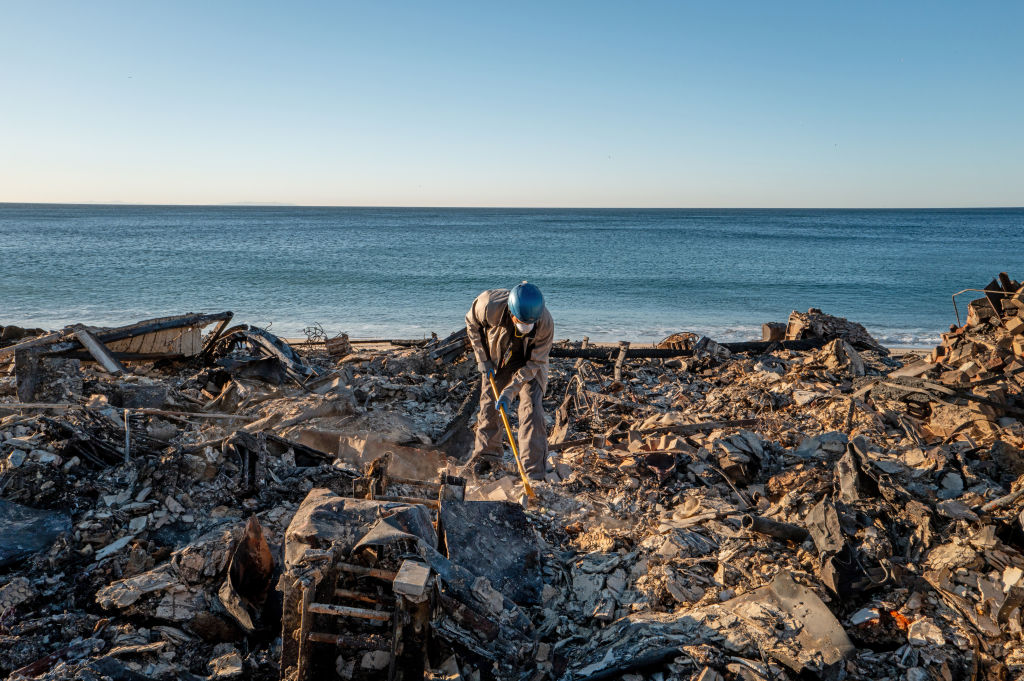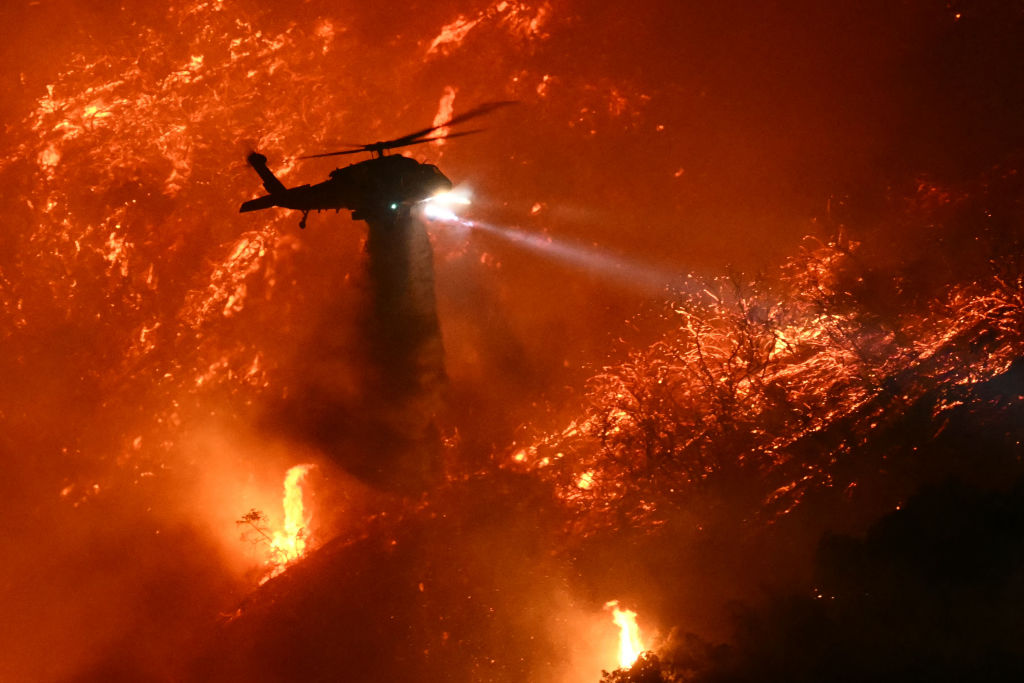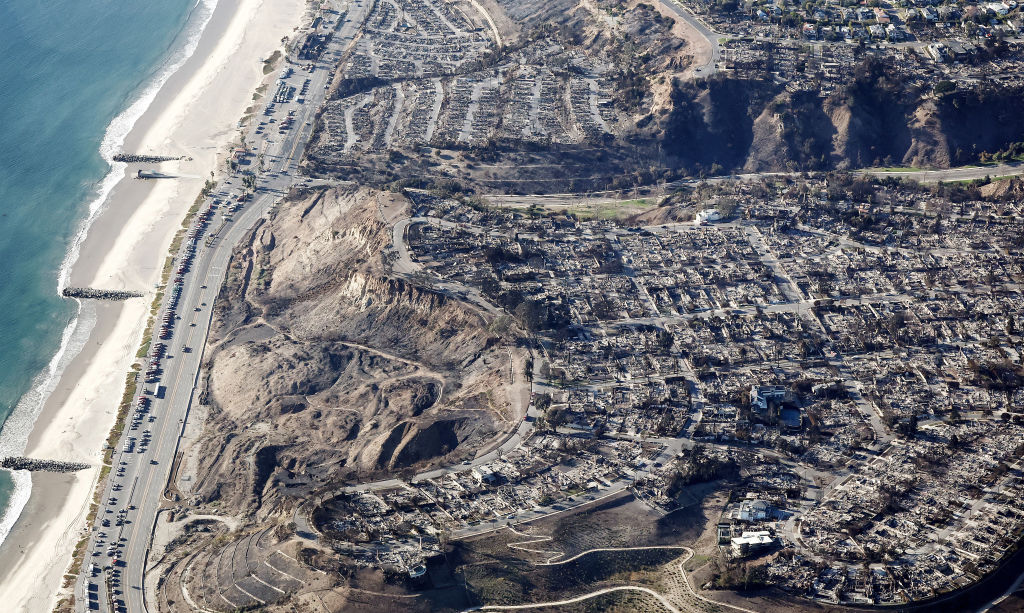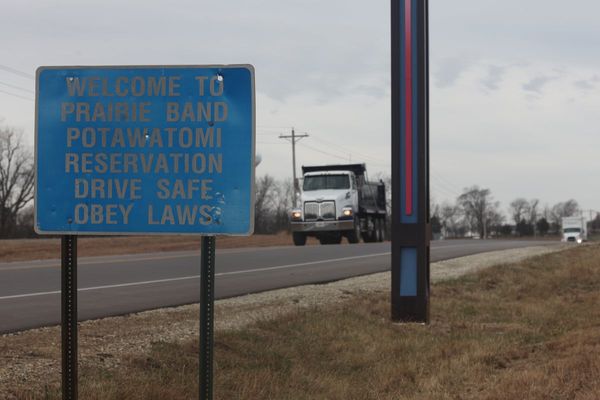
Since 7 January, a series of 30 wildfires have ravaged Los Angeles and the surrounding regions. In the face of such ongoing destruction, thinking about recovery can feel unfathomable. But, for those who have lost their homes and businesses, there isn’t a moment to lose. How do you tackle such a monumental task? The mayor of Los Angeles, Karen Bass, has outlined her plan for rebuilding in an executive order.
‘This unprecedented natural disaster warrants an unprecedented response that will expedite the rebuilding of homes, businesses and communities,’ Bass said in the order, which also proposes ‘urgency, common sense and compassion’. Key to the plan is the removal of red tape for any ‘eligible projects’, which are defined as those that will ‘repair, restore, demolish, or replace a structure or facility substantially damaged or destroyed’.

The proposed actions are split into three categories: cleaning up, rebuilding and government assistance programmes. To facilitate the clean-up, a ‘debris manager’ has been assigned within the city government. A task force has also been deployed to protect infrastructure against flash floods and mudslides caused by rainy weather.
To aid the rebuilding process, typically sluggish regulatory processes will be waived or accelerated. This plan was outlined by California governor Gavin Newsom last Sunday, who proposed a ‘one-stop shop’ for building permits, achieved by waiving environmental reviews such as the California Environmental Quality Act (CEQA). Permit requests for demolition are also removed – the only requirement will be that the Department of Building and Safety is notified and that waste is properly disposed of.
Bass’ executive order also details how damage to historical buildings will be catalogued: the Department of Building and Safety will issue a status report on all such affected properties within ten days of being able to gain safe access to said property.

Another major consideration in the recovery effort is how to accommodate the tens of thousands of Angelenos who have lost their homes. Despite emergency bans on price gouging, there have been reports of spiking rents in the areas affected by the fires. Therefore, creating more available units in the market is imperative.
Temporary measures have been put in place to allow people whose properties have been affected to live in ADUs (secondary housing units on a residential lot), allowing for the use of ‘recreational vehicles, tiny homes, modular structures and mobile homes’ for three years, or as long as a building permit is in effect. LA’s Department of Building and Safety will also grant certifications for people to occupy buildings before they are fully complete, making 1,400 further units available by this means.
While LA residents are not out of the woods yet, with fires still active and strong winds keeping alerts high, these measures signal the first step for affected communities to begin to heal from this disaster.







